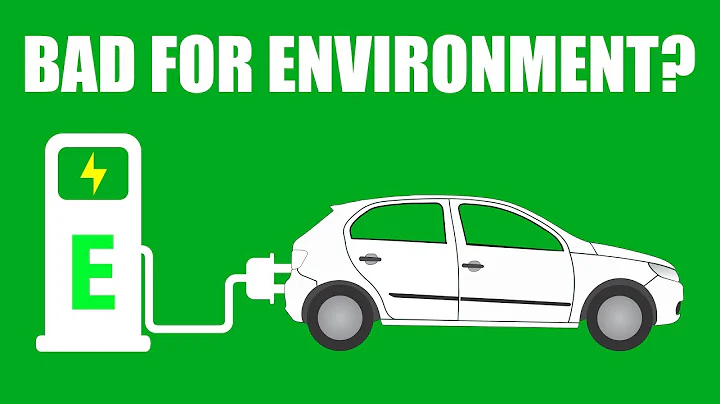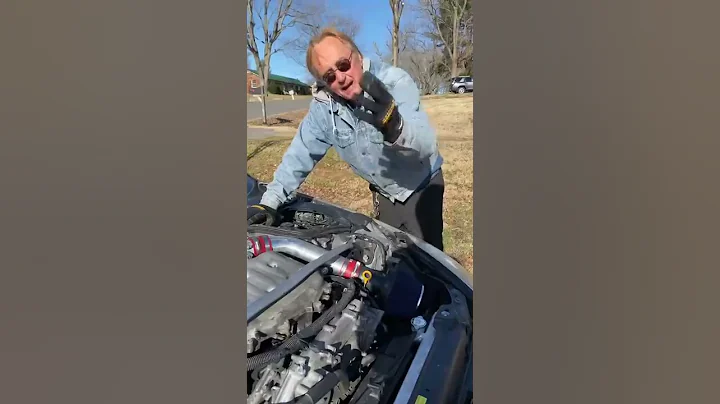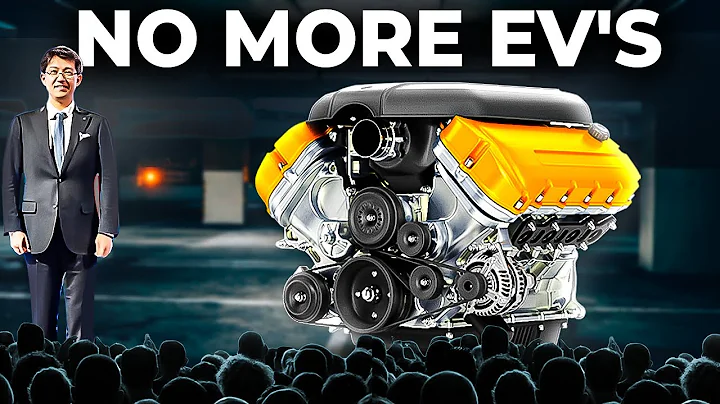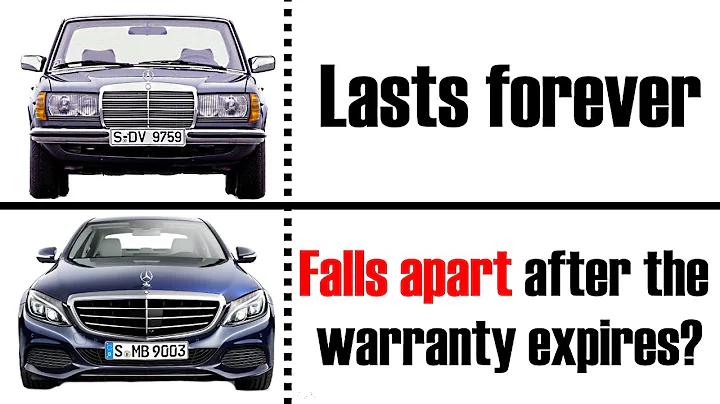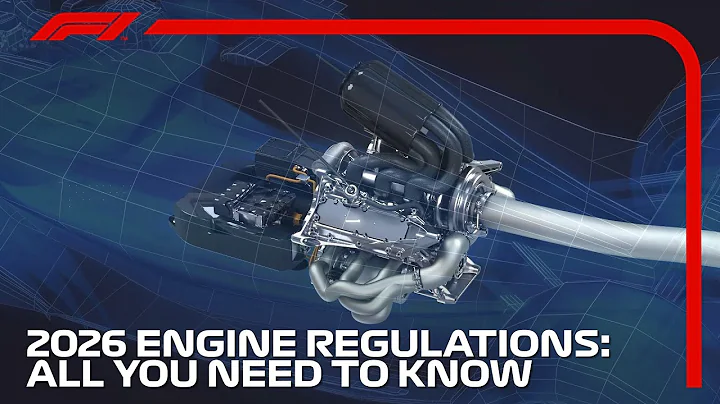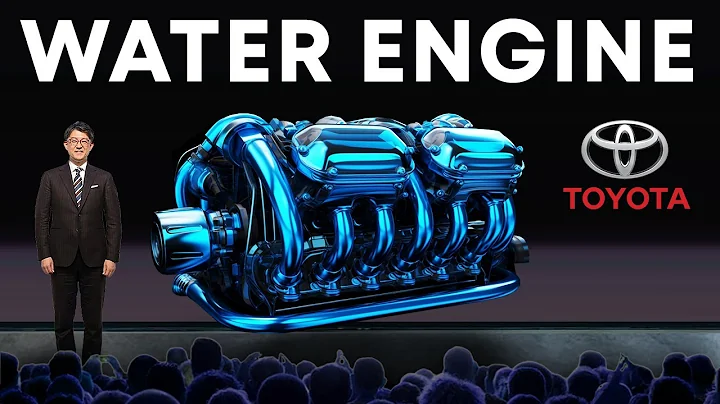We all know that a car is composed of tens of thousands of precision parts, and any problem with any of these parts may cause the car to malfunction. So, do you know which part of your car is responsible for absorbing and emitting fuel vapor? What are the consequences of a problem with this component?

What is canister ?
The carbon canister is part of the fuel evaporation control system (EVAP). This system is introduced to prevent fuel vapor from escaping into the atmosphere after the engine stops running. It can reduce emissions and consumption. It is generally installed between the fuel tank and the engine.

The working principle of the carbon canister
When the engine stops working, the fuel vapor and fresh air are mixed in the tank and stored in the carbon canister; when the engine is started, the fuel vapor in the carbon canister acts on the vacuum of the intake manifold The clean air is brought into the cylinder to participate in combustion.

What problems will occur if there is a problem with the carbon canister?
1. Abnormal noise when the vehicle is running

When the engine is running at non-idling speed, a "clicking" sound can be heard from time to time. At this time, you can find the carbon canister solenoid valve on the car and determine whether the "clicking" sound is caused by it. If so, ignore it. This is because the carbon canister solenoid valve will produce intermittent switching actions when the throttle is opened, thus making sounds, which is normal.
2. The engine stalls or cannot be started.

At this time, you need to check whether the carbon canister solenoid valve is in a normal state.
The carbon canister solenoid valve is normally open, causing all the fuel vapor in the tank to enter the intake manifold. The mixture in it is always in a rich state, but the engine control unit has not yet controlled the canister solenoid valve to work. , which may easily cause the engine to stall or become difficult to start.
If the solenoid valve is always closed, it will cause the fuel vapor in the carbon canister to be saturated, excess fuel vapor to be directly dispersed into the atmosphere, and the fuel smell in the car to be strong.
3. Spontaneous combustion caused by carbon canister failure

Due to domestic fuel quality restrictions, fuel vapor contains many impurities, which causes the fuel holes to be easily clogged after long-term use, preventing the fuel vapor from being discharged and increasing the exhaust gas pressure in the fuel tank. At this time, "jumping of the gun" will often occur when refueling. In severe cases, the pressure of fuel vapor will cause cracks in the internal interface of the fuel tank, causing oil leakage. When sparks are encountered, it can easily cause spontaneous combustion accidents.
4. "Drowning" spark plug or choking on oil

This is mainly caused by refueling too quickly or too full. Overfilling can easily cause fuel to enter the carbon canister pipe, and even flow into the intake passage along the pipe, causing the spark plug to "drown" and prevent the engine from starting. If you refuel too quickly, if the expanding steam and the gas pushed out of the fuel are not released in time, and oil choking will occur.
The normal service life of the carbon canister is about 20,000 kilometers. We recommend that you check the carbon canister of your car every two years to eliminate hidden dangers such as oil inflow and blockage in the carbon canister, reduce the chance of oil circuit failure, and prevent problems. In the future.
